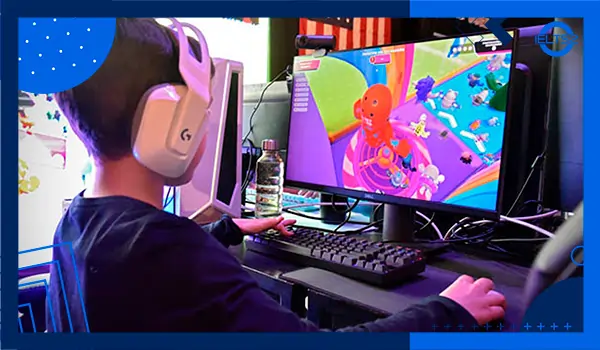📌 With the development of social media, more and more youngsters are being allowed unsupervised access to the internet in order to meet and chat with friends which can lead to potentially dangerous situations.
What problems does this cause?
What solutions can you suggest to deal with this problem?
More samples on IELTS2.com
The proliferation of social media has made unsupervised internet access a norm for many young people, facilitating social connection but also exposing them to significant risks. This trend poses serious threats to their safety and well-being, necessitating a multi-faceted solution involving education, technology, and regulation.
The problems stemming from unsupervised access are severe and multifaceted. The most immediate danger is the threat to personal safety. Predators and cybercriminals can exploit the anonymity of the internet to groom, bully, or scam impressionable youngsters. Children may unknowingly share personal information, such as their location or daily routines, making them vulnerable to real-world harm. Furthermore, there is a profound psychological impact. Constant exposure to curated, idealized lives on social media can lead to anxiety, depression, and poor body image. The unregulated nature of online content also means children can easily be exposed to age-inappropriate material, including violence, pornography, and hate speech, which can distort their understanding of healthy relationships and social norms. This digital environment can also foster addictive behaviours, disrupting sleep, academic performance, and real-world social skills.
To mitigate these dangers, a collaborative approach is essential. Firstly, the primary responsibility lies with parents and educators. Instead of simply denying access, they must engage in proactive digital literacy education. This involves teaching children about online privacy, critical thinking to discern reliable from malicious content, and the importance of reporting suspicious activity. Parents should utilise parental control software to filter content and monitor usage, but this must be paired with open communication, not just surveillance. Secondly, technology companies and governments must share the burden. Social media platforms must be held to higher standards of accountability, implementing more robust age-verification systems and creating safer, more transparent reporting mechanisms for harmful content. Governments can legislate for stricter data protection laws, like the GDPR, that specifically shield minors from predatory data collection and targeted advertising.
In conclusion, while social media offers valuable connections, the dangers of unsupervised access for youngsters are too grave to ignore. The solution requires a concerted effort where parents educate and guide, schools integrate digital citizenship into their curriculum, and tech giants and policymakers create a safer online ecosystem. By working together, we can harness the benefits of the digital world while effectively shielding our youth from its inherent perils.
More Content for You
Nowadays, most of the information is available on the Internet
People buy new things instead of repairing their old things
Nowadays, people use social media to keep up with the news
Nowadays people use social media to keep in touch with others
The use of social media such as Facebook or Twitter is replacing
لغات آیلتس موضوع رسانه های اجتماعی (Social Media)
تصحیح رایگان رایتینگ شما در کانال تلگرام ما




